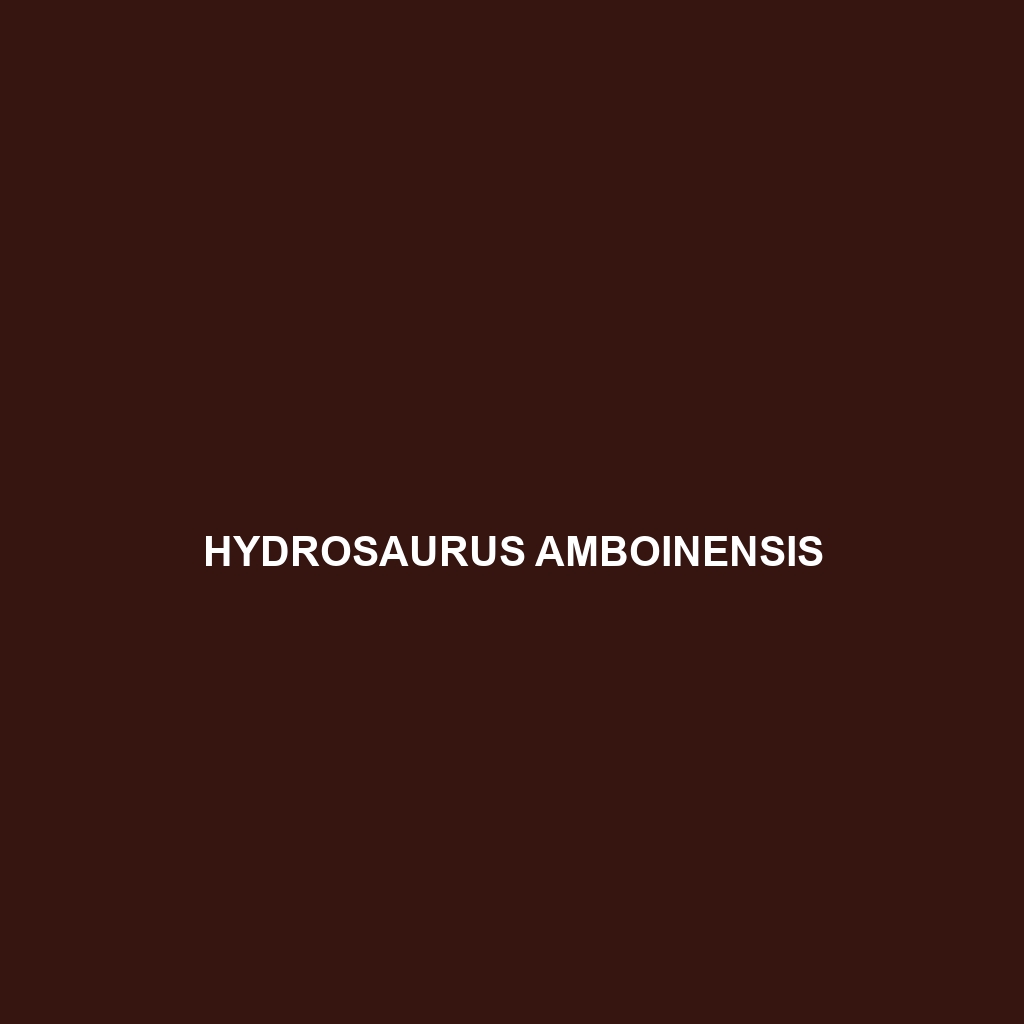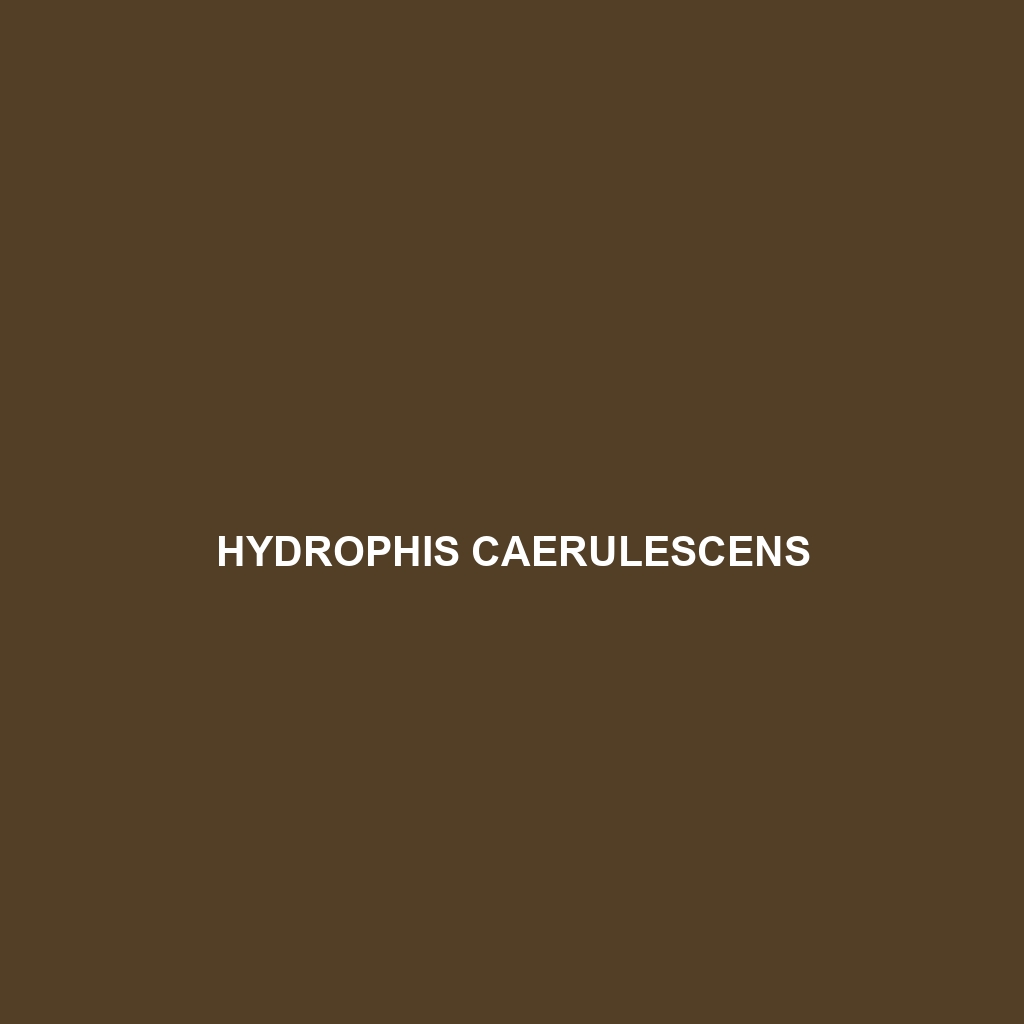Discover the Imantodes guane, or Guane snail-eater, a slender, non-venomous snake thriving in Central America's tropical rainforests, known for its striking coloration and unique dietary habits that primarily involve snails and slugs. With its remarkable camouflage and nocturnal behavior, this species plays a vital role in maintaining ecosystem balance while adapting to diverse habitats.
Tag: snake adaptations
Hypsiglena slevini
<b>Hypsiglena slevini</b>, commonly known as Slevin’s snake, is a nocturnal predator found in the arid environments of the southwestern United States and parts of Mexico, characterized by its slender body, distinct coloration, and ability to burrow for shelter. This species plays a vital role in its ecosystem by controlling populations of small mammals and insects.
Hydrops triangularis
Discover the fascinating Hydrops triangularis, or triangular hydrops, a striking snake known for its slender green body and distinctive triangular head, thriving in freshwater habitats across Southeast Asia and South America. This diurnal carnivore plays a vital role in its ecosystem, adeptly regulating populations of small fish and amphibians while showcasing intriguing mating behaviors.
Hydrophis stricticollis
<p><b>Hydrophis stricticollis</b>, known as the broad-headed sea snake, thrives in the warm coastal waters of the Indian and Pacific Oceans and is characterized by its slender body, paddle-shaped tail, and potent neurotoxic venom. This ovoviviparous species plays a crucial role in marine ecosystems, controlling fish populations and serving as prey for larger predators.</p>
Hydrophis obscurus
<p>The <b>Hydrophis obscurus</b>, or obscure sea snake, is a slender, agile marine reptile native to tropical and subtropical waters of the Indian and Pacific Oceans, characterized by its greenish-yellow to brownish coloration and paddle-like tail. It primarily feeds on fish, exhibits diurnal hunting behavior, and plays a vital role in maintaining ecosystem balance within coral reefs and coastal habitats.</p>
Hydrophis kingii
Discover the Hydrophis kingii, or King's sea snake, a striking marine predator found in the shallow waters of Southeast Asia, known for its elongated body, vibrant coloration, and unique paddle-shaped tail. This fascinating species thrives in coral reefs, primarily feeding on fish and eels while playing a vital role in maintaining the ecological balance of its habitat.
Hydrophis fasciatus
<p><b>Hydrophis fasciatus</b>, commonly known as the banded sea snake, is a slender, venomous species characterized by striking dark bands on a lighter body, primarily inhabiting coastal regions of the tropical Indo-Pacific. This carnivorous snake plays a crucial role in marine ecosystems by regulating fish populations and can be found swimming near coral reefs and seagrass beds.</p>
Hydrophis donaldi
<p><b>Hydrophis donaldi</b>, commonly known as Donald's sea snake, is a slender, nocturnal marine species found in the warm, coastal waters of the Indo-Pacific region. Known for its fascinating adaptations, this carnivore primarily feeds on fish and eels, using its potent venom and sharp teeth to secure its prey.</p>
Hydrophis caerulescens
<p>The <b>Hydrophis caerulescens</b>, or blue-banded sea snake, is a striking marine reptile known for its greenish-grey body adorned with distinctive blue bands, thriving in shallow coastal waters of the Indo-Pacific. This carnivorous species displays unique foraging behaviors and is vital for maintaining balance within its marine ecosystem.</p>
Hydrophis brookii
<p><b>Hydrophis brookii</b>, also known as the brook's sea snake, is a strikingly beautiful marine reptile that inhabits warm tropical waters of the Indian and Pacific Oceans. Reaching lengths of 1.5 to 2 meters, this venomous but generally non-aggressive species is known for its unique adaptability, feeding primarily on fish and crustaceans while exhibiting strong parental care for its young.</p>









